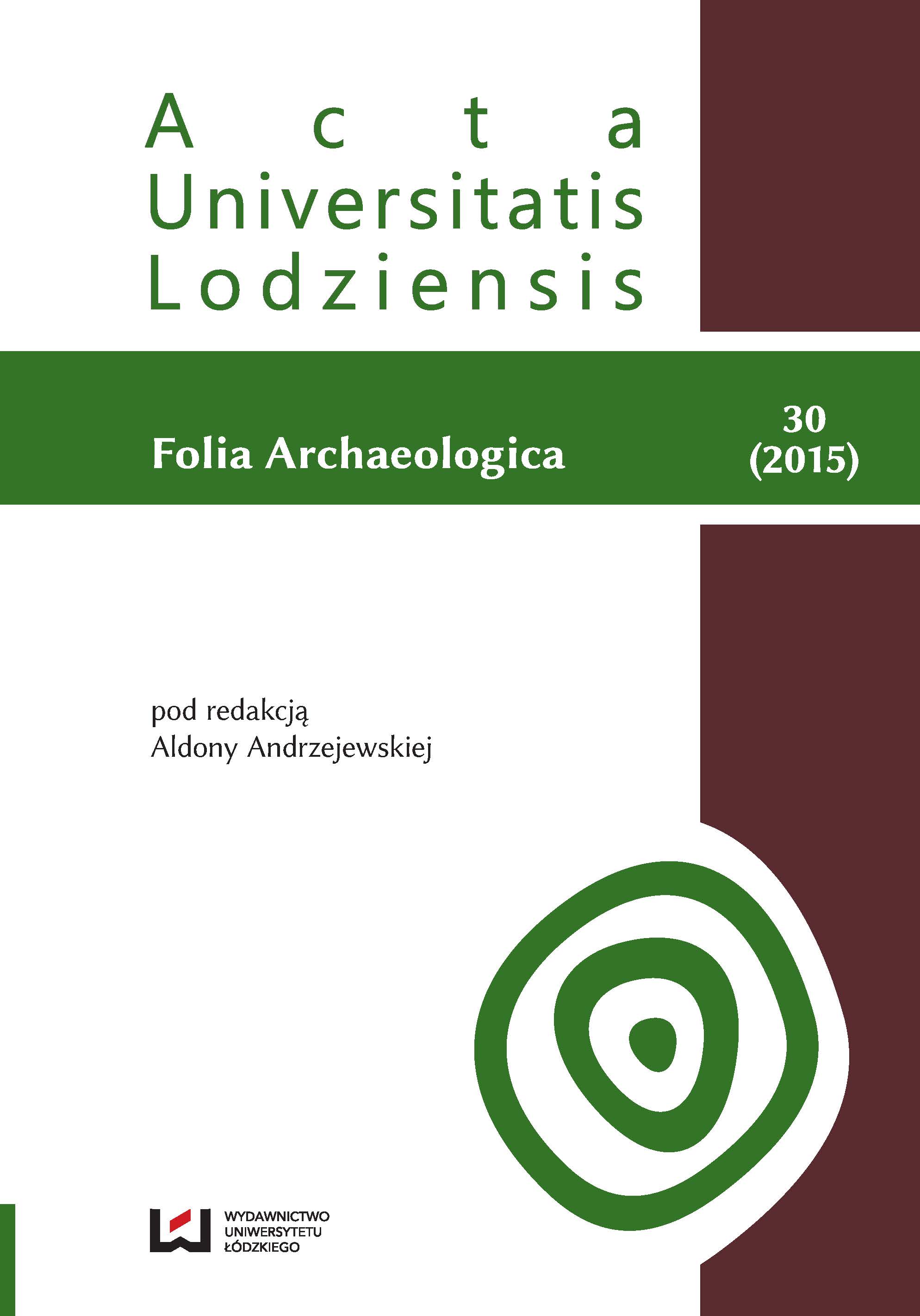Ubiory Ludwika II legnicko-brzeskiego i jego żony, Elżbiety z Hohenzollernów
Clothing Ludwig II of Legnica and Brzeg and his wife, Elizabeth of Hohenzollern
Author(s): Katarzyna Badowska, Wojciech WasiakSubject(s): Archaeology, Cultural history, Middle Ages
Published by: Wydawnictwo Uniwersytetu Łódzkiego
Keywords: medieval clothing; iconography; Silesia
Summary/Abstract: This paper focuses on the appearance and dress of two important to medieval Silesia persons, duke Louis II of Brzeg-Legnica and his second wife, Elisabeth of Hohenzollern. Our reconstruction is based on three preserved medieval polychromes depicting the duke, and on his tombstone. Relics of the tomb, sculptures of duke Louis and his wife Elisabeth, are exhibited in the Cathedral Church of St Peter and St Paul in Legnica. Polychromes believed to be images of Louis II are in parish churches of Strzelniki, Krzyżowice and in St Nicholas Church in Brzeg. They were painted by the so called Master of Adoration of the Magi - skilled artist probably brought to Silesia by duke Louis II from Burgundy or Flanders. After examining duke’s clothes from the paintings, we come to the conclusion, that there are two different types of dress he was supposed to wear. Both splendid but short, barely reaching knees. One seems to be tightly fitted at chest and flared at waist. This kind of dress is often called jopula. The other dress is wide and loose, pulled in at waist with a belt. It has also wide sleeves decorated with a cut-out in a shape of oak leaves. This sort of dress is very similar to the gown which was quite popular in medieval Western Europe and we know it as houppelande. In both cases costume is completed with underdress, tight hoses, over ankle shoes, crown and a few other details. Our graphical representation of these attires is introduced on the illustration no. 12 and no. 13. The only preserved image of the duchess Elizabeth is her tombstone. Closer look at it brings us many interesting conclusions. The most significant one is that duchess’s clothes were for many years misinterpreted. Her gown was considered to be a surcot (dress without sleeves, deeply cut under armholes), whilst it occurs to be underdress covered with tails of a garment resembling modern coat, with elbow length sleeves and without fastening. Schematic drawing no. 21 shows our interpretation of duchess’s attire. However, the data are not sufficient to create a reliable reconstruction of her apparel. We are hoping that our obsevation will help to stress the importance of comparative.
Journal: Acta Universitatis Lodziensis. Folia Archaeologica
- Issue Year: 2015
- Issue No: 30
- Page Range: 225-247
- Page Count: 23
- Language: Polish

